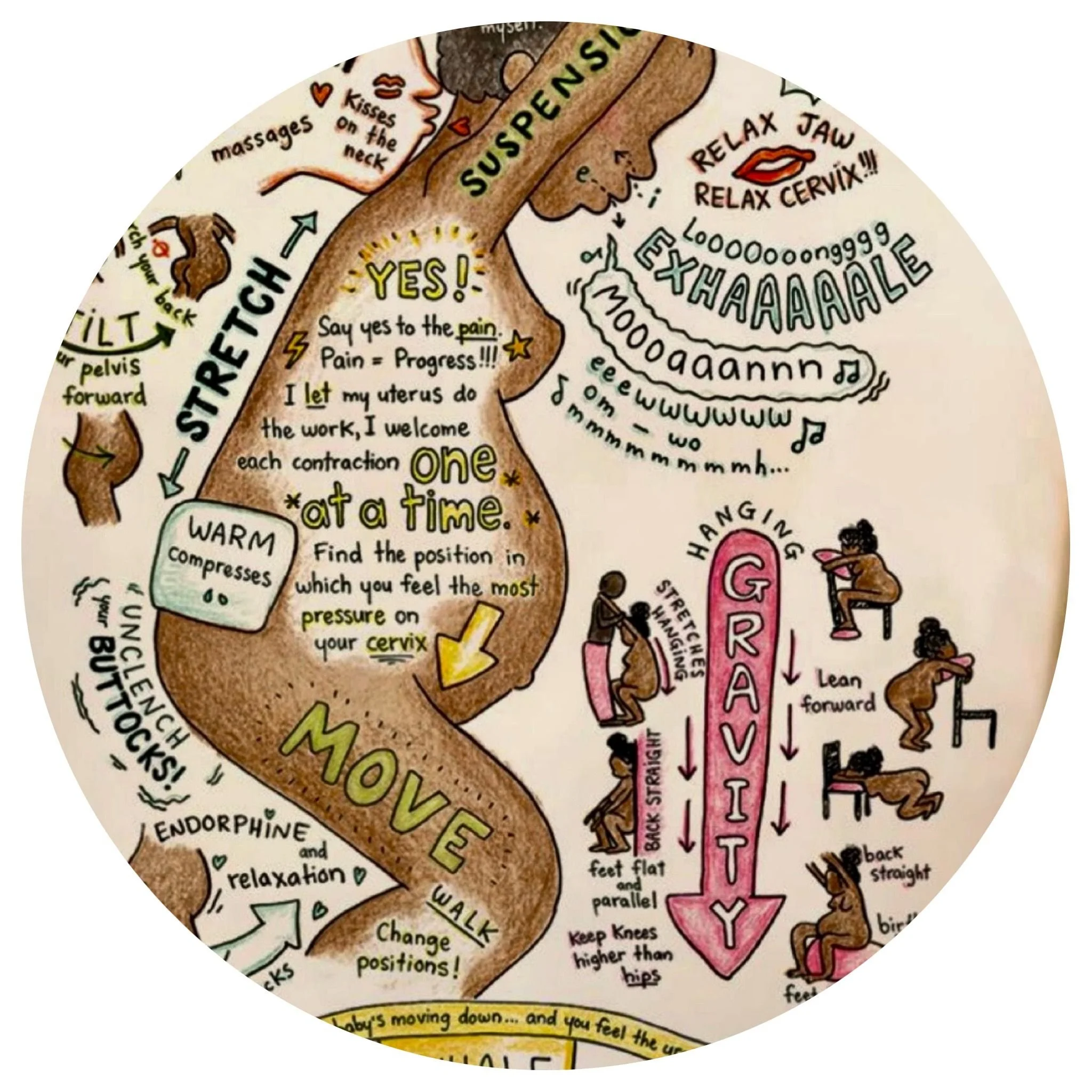Birth is a beautiful, natural process where your baby is born into the world. It starts when your body goes into labor, and your uterus begins to have contractions, which help push the baby down the birth canal. During labor, you may feel different levels of pressure or pain, but your body is doing the hard work to bring your little one into your arms.
When it’s time, your doctor or midwife will be there to guide you through each step. Once your baby is born, you’ll feel a rush of love and relief, and it’s an unforgettable moment as you meet your baby for the first time. After birth, you’ll spend time bonding with your little one, and your body will start its recovery process. It’s a powerful and transformative experience, and even though it can be challenging, it’s also one of the most rewarding moments in life.
The movement of the baby through the pelvis during labor is a complex, but natural process. Here’s how it works:
1. Engagement: At the beginning of labor, the baby’s head (if head-down) moves into the pelvic inlet, the opening at the top of the pelvis. This is called “engagement.” The baby’s head fits into the pelvis and starts to descend.
2. Descent: As labor progresses, the baby’s head moves lower and lower into the pelvis. Contractions help push the baby down, and gravity works to encourage the descent. You may feel pressure as the baby moves into the birth canal.
3. Flexion: The baby’s head begins to tuck down toward the chest, making it easier to fit through the narrow passage of the pelvis. This is called flexion, and it helps the baby’s head to align with the widest part of the birth canal.
4. Internal Rotation: The baby then begins to rotate within the pelvis to fit through the most curved part of the birth canal. This is called “internal rotation” or “rotation of the head.” The baby’s head turns to face your back, which helps it move through the pelvic opening.
5. Crowning: As the baby’s head continues to move down, you may feel a burning or stretching sensation, known as the “crowning” phase. This is when the widest part of the baby’s head begins to emerge from the vaginal opening.
6. Extension: Once the head is out, the baby’s head moves upward as the shoulders begin to pass through. The neck extends, and the baby’s body follows through quickly after the head.
7. Delivery of the Baby: The rest of the baby’s body, including the shoulders, chest, and legs, moves through the birth canal, often in just a few quick movements, and the baby is fully born.
Throughout this process, your body is designed to guide the baby through the pelvis with the help of contractions and your body’s natural movements. The pelvis itself is flexible and adapts to the shape of the baby, making space for a smooth passage. It can feel intense at times, but this movement is a crucial part of how your baby makes their way into the world!
